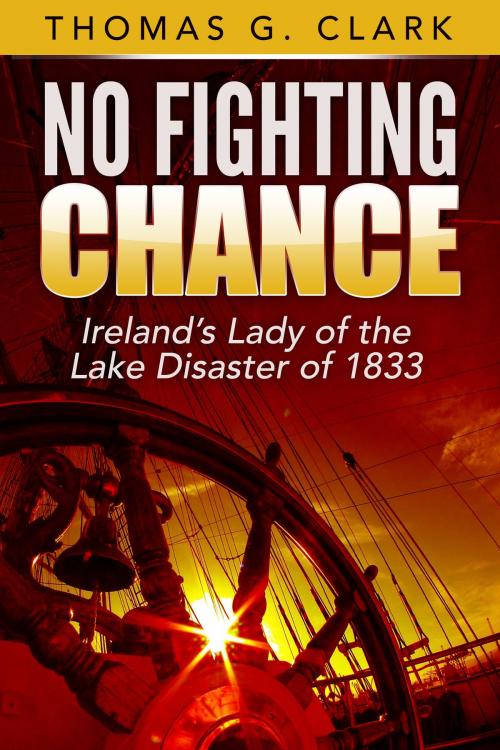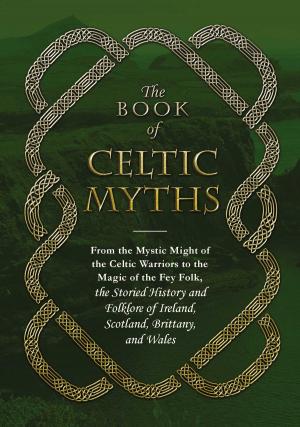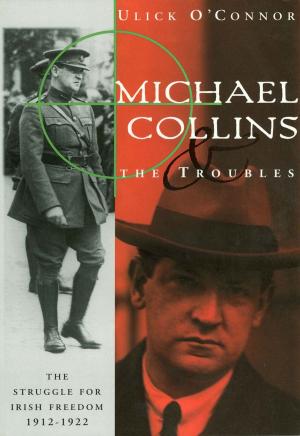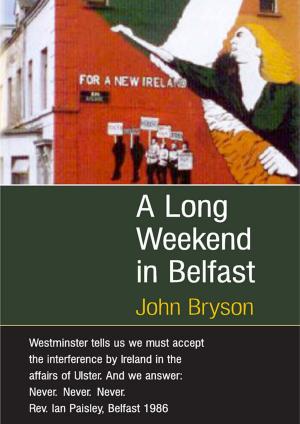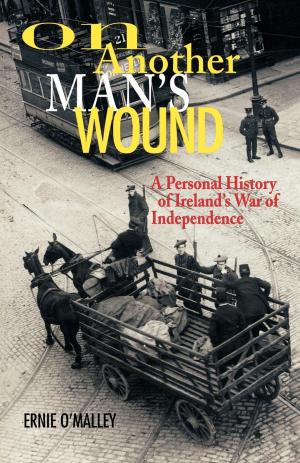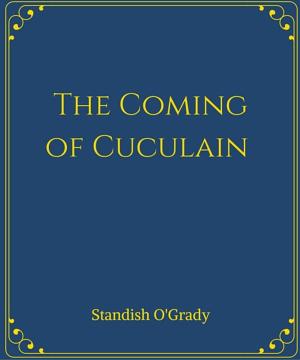No Fighting Chance-Ireland's Lady of the Lake Disaster of 1833
Nonfiction, Reference & Language, Transportation, Ships & Shipbuilding, History, Ireland| Author: | Thomas Clark | ISBN: | 9781370841400 |
| Publisher: | Thomas Clark | Publication: | November 17, 2016 |
| Imprint: | Smashwords Edition | Language: | English |
| Author: | Thomas Clark |
| ISBN: | 9781370841400 |
| Publisher: | Thomas Clark |
| Publication: | November 17, 2016 |
| Imprint: | Smashwords Edition |
| Language: | English |
No Fighting Chance, Ireland's Lady of the Lake Disaster of 1833, recounts the "little Titanic" disaster when 250 Irish emigrants suddenly found themselves abandoned by their captain in a rapidly sinking ship in the waters off Newfoundland. Earlier that day, tno_fighting_chance-1he Lady of the Lake had struck an iceberg, an accident that could easily have been avoided. But once the ship's wooden hull had been gouged, there would be too few minutes available for most of the passengers to transfer into the safety of a boat. The disaster would claim the lives of over two hundred individuals including many extended families looking to start life anew in the newly touted lands of North America.
So how could a ship strike a large iceberg that could be easily seen miles away on a calm and clear morning? The answer lies in the state of incapacity of both the captain and his crew that early morning.
But despite their inebriated condition, the entire crew and their captain were able to save themselves. And although a handful of passengers were able to join them, over two hundred men, women, and children would be swallowed into ocean's depths within fifteen minutes.
Yet, despite the shirking of the captain's responsibilities immediately before and after the Lady of Lake's demise, his actions would grow more treacherous and darker in the days that followed. He would turn on the few survivors hoping to eliminate them as witnesses to his cowardliness.
No Fighting Chance is more than just another story of tragedy and survival at sea. It provides insights into the motivation of 1833 Irish emigrants and why they would choose to leave their homeland, risk a journey across the ocean, only to arrive on a continent with formidable challenges and hard to quantify opportunities.
At the end of each chapter in No Fighting Chance, another event is described which provides another lens into the Irish and British condition. At the same moment that Irish emigrants were crossing the great expanse of the Atlantic in May 1833, England and Ireland were preparing for the boxing championship of Great Britain. The English champion was deaf from birth; the Irish champion had once before killed another man in the ring. Their fight would be one of the most brutal in the history of the sport and establish records, that still exists today, for both the number of rounds (99) and the length of the battle (3 hours and 6 minutes). At the conclusion, one man would reign as the champion, the other would die from his wounds. Ireland would sustain two great blows to its collective soul in one month in 1833.
Unfortunately, Ireland would sustain two great blows to its collective soul: the loss of the Lady of the Lake and the death of Simon Byrne.
No Fighting Chance, Ireland's Lady of the Lake Disaster of 1833, recounts the "little Titanic" disaster when 250 Irish emigrants suddenly found themselves abandoned by their captain in a rapidly sinking ship in the waters off Newfoundland. Earlier that day, tno_fighting_chance-1he Lady of the Lake had struck an iceberg, an accident that could easily have been avoided. But once the ship's wooden hull had been gouged, there would be too few minutes available for most of the passengers to transfer into the safety of a boat. The disaster would claim the lives of over two hundred individuals including many extended families looking to start life anew in the newly touted lands of North America.
So how could a ship strike a large iceberg that could be easily seen miles away on a calm and clear morning? The answer lies in the state of incapacity of both the captain and his crew that early morning.
But despite their inebriated condition, the entire crew and their captain were able to save themselves. And although a handful of passengers were able to join them, over two hundred men, women, and children would be swallowed into ocean's depths within fifteen minutes.
Yet, despite the shirking of the captain's responsibilities immediately before and after the Lady of Lake's demise, his actions would grow more treacherous and darker in the days that followed. He would turn on the few survivors hoping to eliminate them as witnesses to his cowardliness.
No Fighting Chance is more than just another story of tragedy and survival at sea. It provides insights into the motivation of 1833 Irish emigrants and why they would choose to leave their homeland, risk a journey across the ocean, only to arrive on a continent with formidable challenges and hard to quantify opportunities.
At the end of each chapter in No Fighting Chance, another event is described which provides another lens into the Irish and British condition. At the same moment that Irish emigrants were crossing the great expanse of the Atlantic in May 1833, England and Ireland were preparing for the boxing championship of Great Britain. The English champion was deaf from birth; the Irish champion had once before killed another man in the ring. Their fight would be one of the most brutal in the history of the sport and establish records, that still exists today, for both the number of rounds (99) and the length of the battle (3 hours and 6 minutes). At the conclusion, one man would reign as the champion, the other would die from his wounds. Ireland would sustain two great blows to its collective soul in one month in 1833.
Unfortunately, Ireland would sustain two great blows to its collective soul: the loss of the Lady of the Lake and the death of Simon Byrne.
